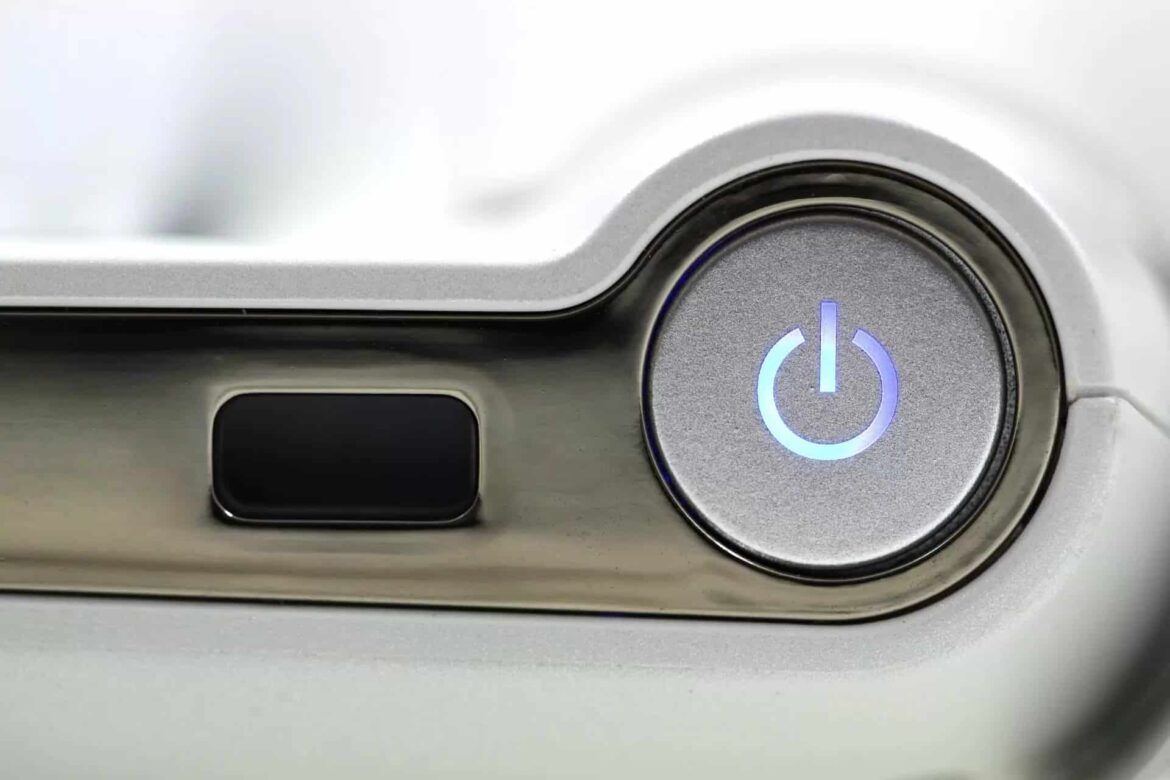If your laptop won’t turn on, there could be several reasons why. Our guide provides step-by-step instructions for troubleshooting and valuable tips on how to fix the problem yourself.
Cause analysis: Why won’t your laptop start up?
Your laptop won’t turn on and you don’t know what to do? Don’t worry, it’s often just a minor problem that can be easily fixed. In this section, we’ll look at the most common reasons why a laptop suddenly won’t start.
- A common reason why a laptop won’t start is a dead battery. Check that the laptop is properly connected to the charger and that the power outlet is working. Sometimes the charger may be defective, so it is advisable to test it with another charger.
- Another reason could be problems with the power supply or power source. Make sure that all cables are intact and securely connected. A faulty power supply can prevent the laptop from receiving sufficient power.
- Hardware problems are also common causes. Check the condition of the battery and internal components, such as RAM or hard drive. If any of these components are damaged, it may prevent the laptop from starting.
- Software errors or operating system problems can also prevent the laptop from starting up. Try starting in safe mode to find out if a recently installed update or program is causing the problem.
First aid: Laptop won’t turn on – what to do?
Once we have identified the possible causes, it is important to proceed systematically to fix the error. In this chapter, we will show you how to check and repair your laptop step by step.
- Start by visually inspecting all external connections and cables. Remove all connected devices such as USB sticks, external hard drives, or printers, as these can sometimes cause interference.
- Try resetting the laptop. To do this, press and hold the power button for about 10 seconds until the laptop turns off completely. Wait a few seconds and then try turning it on again.
- Check the indicator lights on your laptop. If no lights are flashing, this could indicate a problem with the power supply. Replace the power adapter if necessary and check whether the battery is charging.
- If the laptop still does not start, try removing the battery (if possible) and starting it using only the power supply. This will help rule out a faulty battery as the cause.
Detailed diagnosis: Identifying causes of laptop failures
It is not always immediately clear where the problem lies. In this section, we provide further tips to help you determine the exact cause and find solutions tailored to your device.
- A BIOS reset can help in some cases, especially if the laptop won’t start after an update. Check your device’s manual for instructions on how to reset the BIOS.
- Check the hardware for loose or damaged parts. Carefully open the cover and make sure that all components, especially the RAM, are properly inserted.
- If you suspect software problems, reinstalling the operating system may help. Back up important data first, if possible, and use a bootable medium to reset the system.
- If you continue to experience difficulties, consider seeking professional help. A technician can often diagnose more quickly whether it is a more serious hardware problem.
Preventive measures and alternative solutions for laptop problems
Sometimes simple tricks can make all the difference. In this final section, we present alternative methods and preventive measures to avoid future problems.
- Regular maintenance can help prevent many problems. Dust and dirt inside the laptop can interfere with its functioning, so you should clean it regularly.
- Avoid extreme temperatures, as these can damage your laptop’s electronics. Do not leave the device in direct sunlight or near radiators.
- Back up your data regularly so that you do not lose important information in the event of a failure. Use cloud services or external storage solutions to create backups.
- Always install the latest updates for your operating system and programs. These updates often contain bug fixes and security improvements that increase the reliability of your laptop.

